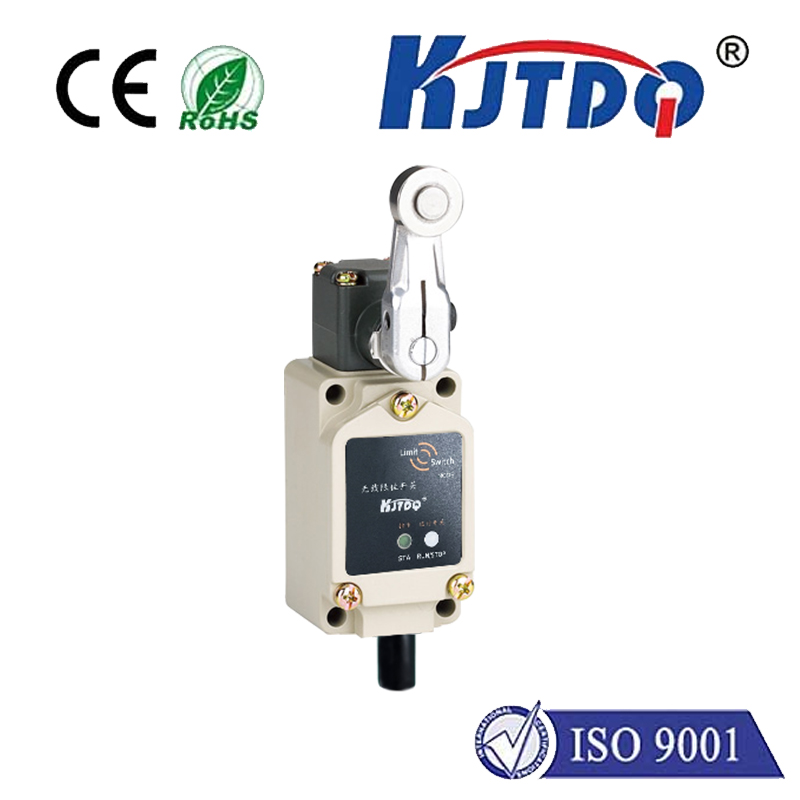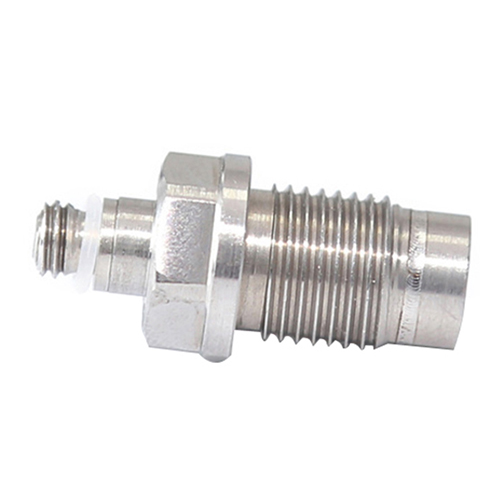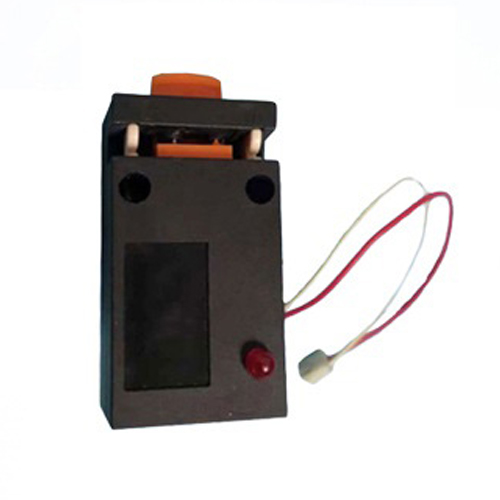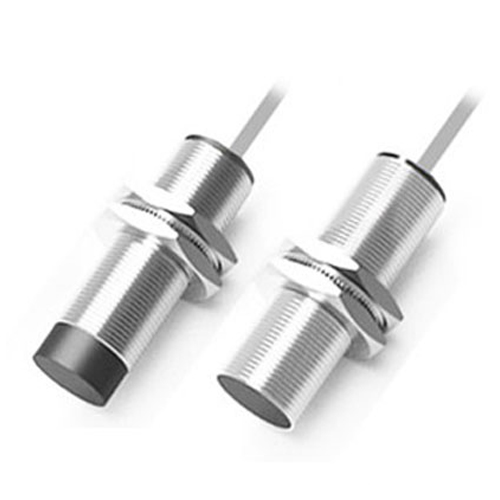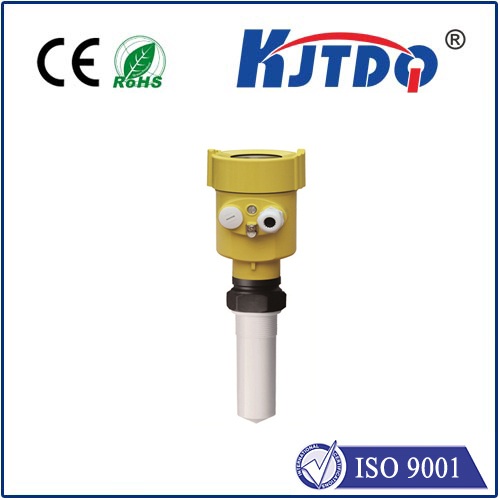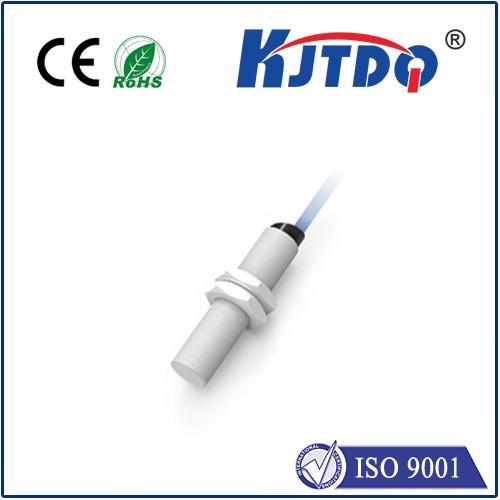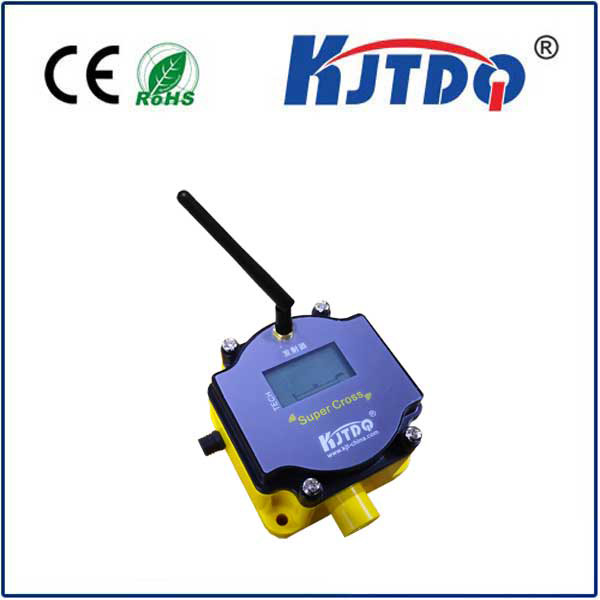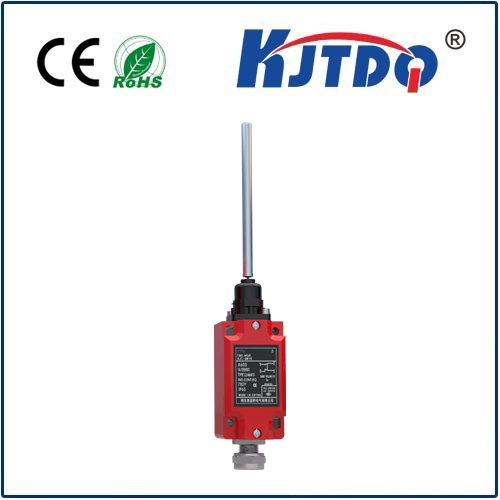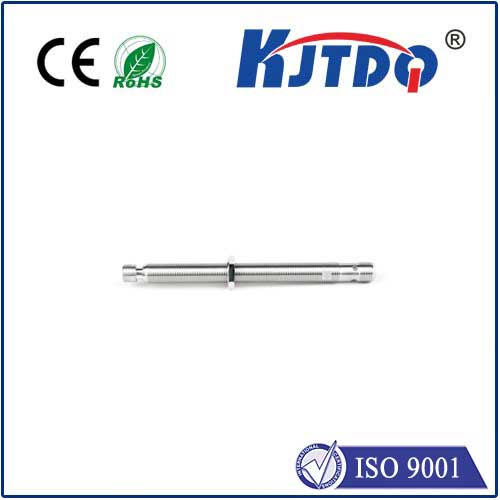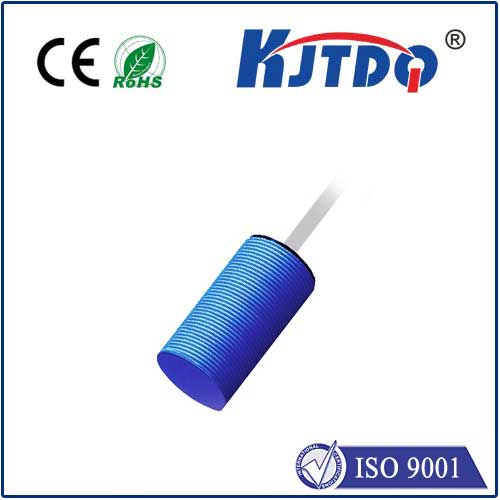Магнитно - индукционный датчик
- time:2025-07-15 08:01:42
- Нажмите:0
Magneto Inductive Sensors: The Contactless Position Detection Solution
Imagine needing to know the precise position of a critical component buried deep within a massive, vibrating machine, drenched in oil, or subjected to extreme temperatures. Traditional sensors often fail here, succumbing to dirt, shock, or harsh chemicals. Enter the Магнитно - индукционный датчик – a robust and reliable workhorse engineered to thrive where others falter. This technology offers exceptional contactless position measurement, forming the invisible backbone of countless industrial and automotive systems.
At its core, the magneto inductive sensor operates on fundamental electromagnetic principles. Unlike resistive potentiometers with wear-prone sliding contacts or optical encoders vulnerable to contamination, this sensor requires no physical touch. It consists primarily of two key components: a stationary sensing coil and electronics unit, and a moving passive ferromagnetic target (often a simple piece of iron or steel). The sensor’s electronics generate a high-frequency alternating magnetic field emanating from the coil.
Here’s the crucial interaction: When the target moves into this magnetic field, it causes significant perturbations. The ferromagnetic material distorts the magnetic flux lines, inducing measurable changes in the coil’s inductance and energy loss characteristics. Sophisticated evaluation electronics embedded within the sensor detect these subtle changes – specifically, shifts in the real (resistive) and imaginary (reactive) components of the coil’s impedance.
By analyzing these impedance variations with precision, the sensor’s circuitry determines the exact position of the target relative to the coil. This position can be presented as an analog output (e.g., 0-10V or 4-20mA proportional to distance) or a digital signal (like PWM or IO-Link), directly correlating to the target’s location along the sensor’s measuring range.
Why Choose Magneto Inductive Technology? The Advantages Speak Volumes:
- Unmatched Robustness: With no moving parts or delicate optics, these sensors are inherently resistant to dust, dirt, oil, water (often IP67/68/69K rated), vibrations, and shock. They are built for tough industrial reality.
- True Contactless Operation: The target never physically touches the sensing element. This eliminates mechanical wear and tear, guaranteeing extraordinarily long operational life and eliminating a major source of failure.
- Immunity to Environmental Challenges: They perform reliably through non-ferromagnetic media like plastic walls, stainless steel barriers, or layers of grease and grime. Their effectiveness remains undiminished in the presence of common industrial contaminants like metal chips or coolants.
- High Accuracy and Repeatability: Modern magneto inductive sensors offer excellent linearity and repeatability, meeting the demands of precision positioning tasks even in demanding conditions.
- Insensitivity to Stray Magnetic Fields: Unlike Hall effect sensors, magneto inductive designs are typically far less susceptible to interference from external magnetic fields, a critical advantage in electrically noisy environments.
- Extended Measuring Ranges: Compared to many Eddy current sensors, magneto inductive variants can offer significantly longer measurement ranges for position detection, often in the 10mm to 100mm+ range.
Where Does This Reliability Shine? Key Applications:
The unique strengths of the magneto inductive position sensor make it indispensable across diverse sectors:
- Hydraulics & Pneumatics: Precise cylindrical position sensing for piston rods within cylinders, unaffected by hydraulic fluid pressure or contamination. This is arguably their most widespread application.
- Heavy Machinery & Construction: Monitoring positions, angles, and levels on excavators, cranes, agricultural equipment, and mining machinery exposed to extreme vibration, dirt, and moisture.
- Промышленная автоматизация: Linear position feedback for actuators, valve position control, robotic arm positioning, and end-of-stroke detection on presses and assembly lines.
- Automotive & Transportation: Throttle valve position, suspension travel, gear shift position, clutch engagement, and brake pedal travel – all environments subject to temperature swings, fluids, and vibration.
- Возобновляемые источники энергии: Monitoring blade pitch angle or hydraulic actuator positions in wind turbines.
- Перевозка материалов: Position control in conveyors, lifts, and automated guided vehicles (AGVs).
- Medical Equipment: Providing reliable position feedback in diagnostic and therapeutic devices requiring non-contact operation and cleanliness.
Implementing Magneto Inductive Sensors: Considerations for Success
While robust, optimal performance requires understanding key factors:
- Target Material: The target must be ferromagnetic (e.g., mild steel, iron). Non-ferrous metals (aluminum, copper, stainless steel typically) or plastics are generally ineffective. Target size and geometry also influence performance.
- Mounting & Environment: Ensure the sensor is securely mounted to minimize vibrations affecting the signal. While immune to many contaminants, extremely high temperatures or submersion beyond the sensor’s rating must be avoided. Pay close attention to the specified mounting distance (“standoff”).
- Electrical Compatibility: Select the correct voltage supply (e.g., 10-30V DC) and output signal type (analog voltage/current, digital switching, or bus-compatible like IO-Link) for seamless integration with your control system. Verify load compatibility for analog outputs.
- Range Selection: Choose a sensor model whose measuring range comfortably encompasses the target’s full travel path. Avoid sensors operating at the extreme limits of their range for best accuracy.
The Future is Sensing
Magneto inductive sensor technology continues to evolve. Advancements focus on enhancing miniaturization, boosting resolution and accuracy, extending operating temperature ranges, and integrating smarter digital communication protocols like IO-Link. This latter development provides not just position data, but also valuable diagnostic information about the sensor’s health and operating status, paving the way for predictive maintenance strategies. While competing technologies like LVDTs (Linear Variable Differential Transformers) offer high precision, or inductive proximity sensors provide simple presence detection, magneto inductive sensors fill a vital niche demanding robust, contactless, long-range linear position feedback in harsh industrial settings. They are a testament to elegant engineering providing reliable, silent service where it’s needed most.
